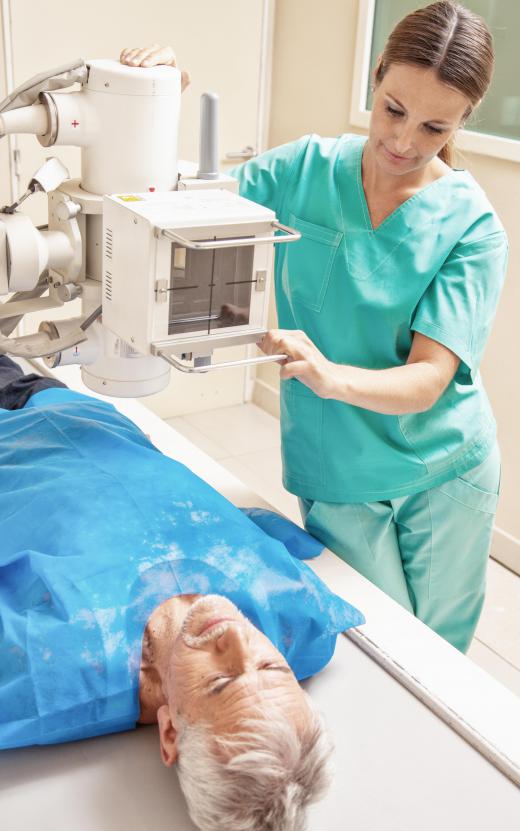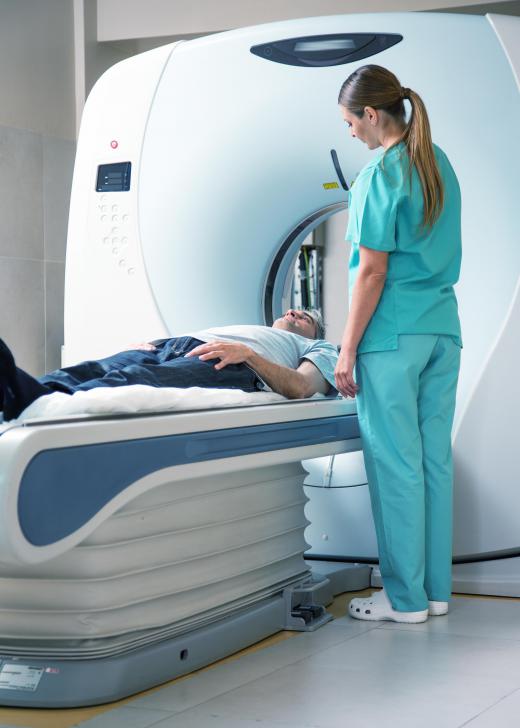What is Proteomics?
 Jeff Petersen
Jeff Petersen
The study of the human genome is an exciting and often talked about field of research. The study of the human proteome, all the different proteins that form the human body, is less well known, but equally exciting and important. The term proteomics was coined to describe this fascinating and complex science.
Proteomics is the study of all the proteins that make up an organism. Proteomics doesn't just study the proteins themselves, but also the way they interact, the changes that they undergo, and the effects that they have within the organism. The size and complexity of the human proteome is part of what makes proteomics a very complex science.

Just as genomics starts with a mapping of the human genome, proteomics attempts to identify and evaluate the function of all the different proteins in the human body. This is a daunting task, because not only are there a huge number of proteins in the human proteome, about 400,000; but these proteins also occur in different locations within the body at different stages in a person's life, and can change within a single cell. There are a number of different methods available to proteomics scientists for studying proteins. Various types of X-ray machines are able to give proteomics researchers details of the structures of proteins. X-ray and magnetic resonance imaging (MRI) machines also allow proteomics researchers to see where the proteins occur within the body and within individual cells.

Proteomics researchers also rely on affinity chromatograph and gel electrophoresis to study individual proteins. Both methods give the proteomics researcher information about the physical dimensions of the proteins. Gel electrophoresis separates different proteins based on their size by using an electric current to move them through a gel. The larger proteins move more slowly, so in a set time, the proteins that have moved the shortest distance are larger than those that have moved further.
The affinity chromatograph tells proteomics researchers which chemicals or other proteins a specific protein interacts with. The affinity chromatoraph can trap specific substances, allowing the proteomics researcher to wash away unwanted material. By trapping a specific protein, scientists can separate the other material, including the chemicals or other proteins that the target protein interacts with.
Proteomics is still a relatively new field, and as you can see, it is quite complex. Scientists researching proteomics have the opportunity to discover untold information about the human proteome. Only the future will tell us just what scientific and medical advances proteomics may bring.
AS FEATURED ON:
AS FEATURED ON:












Discussion Comments
I saw a program on television which talked about how pharmaceutical companies come up with new drugs and vaccines to combat disease. The show discussed relevant technology like mass spectrometry, which is used to study enzymes and proteins, as well as the field of proteomic research.
One of the things they pointed out was that they can isolate different proteins that are responsible for diseases. They use advanced computer imaging proteome software that displays the individual proteins and then helps to create the “recipe” for the correct drug that will attack that protein, thereby combating the disease.
I thought the whole show was fascinating, and quite revealing. There is a whole new world which exists in molecular proteomics, and it’s paving the way for cures to many diseases.
Post your comments